Poland Launches a Procurement System Reform. Armament Agency Is Born [ANALYSIS]
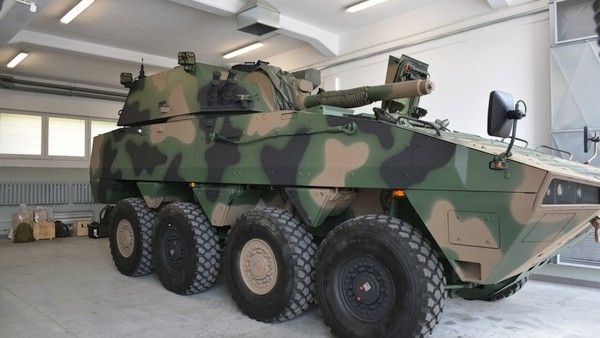
Mariusz Błaszczak, head of the Polish MoD, recently signed a set of decisions that would lead to a formal establishment of the so-called Armament Agency, starting from 1st January 2022. This is a relevant step towards a reform of the Polish defence procurement system. What is the path that the government is going to take, towards the establishment of the new entity, and what would its competency be?
Description of changes that have been happening in the Polish defence procurement system over the last decades is convoluted and broad if one wants to be diligent. Back in the Polish People's Republic era, the system was relatively simple, as any issue related to the military, defence procurement, or manufacturing was a state secret. Organization and armament recommendations for the Polish People's Republic Armed Forces were being regularly issued in Moscow, formally in the Combined Command of Pact Armed Forces, in practical terms - at the USSR General Staff. These recommendations were then analyzed in Warsaw. What followed, was a statement, clarifying what Poland would be able to adapt, and when that would be possible. Then, this was translated into military and economic planning. The primary armament was being procured in the USSR, based on international agreements. Individual types of weapons were ordered in other Warsaw Pact countries.
The remainder of the military equipment was manufactured locally. As the whole defence industry of the Polish Polish People's Republic was state-owned, the details regarding the manufacturing were arranged at the governmental level, by and between the Ministry of Defence, and Ministries dealing with the economy. Due to the systemic inefficiency of the industry, and the centrally-planned economy, the armament production plans made by the Polish People's Republic were not always executed promptly. The USSR import plans also were not always completed, either due to the delays in Soviet manufacturing or due to high prices dictated by the USSR.
Everything changed after political and economic changes that happened in Poland, with Warsaw regaining the full sovereignty, and following the dissolution of the Warsaw Pact. Sovereign defence procurement decisions were now being made in Warsaw. Unfortunately, this happened in times when Polish defence spending levels were relatively low. In the 1990s the modernization process came to a halt. The simultaneous cuts entailed regular decommissioning of the legacy armament. Thanks to the above, the Polish Armed Forces were becoming smaller, while the average age of the equipment was also lower - at least on paper. Once Poland joined NATO, the defence procurement problem has become far more significant. NATO - as an organization gathering free, sovereign states, does not impose strict development plans on its members. It rather uses what the countries are ready to own, and the spending amounts available. To make itself a credible member state, Poland had to acquire modern armament, to gradually enhance its military potential.
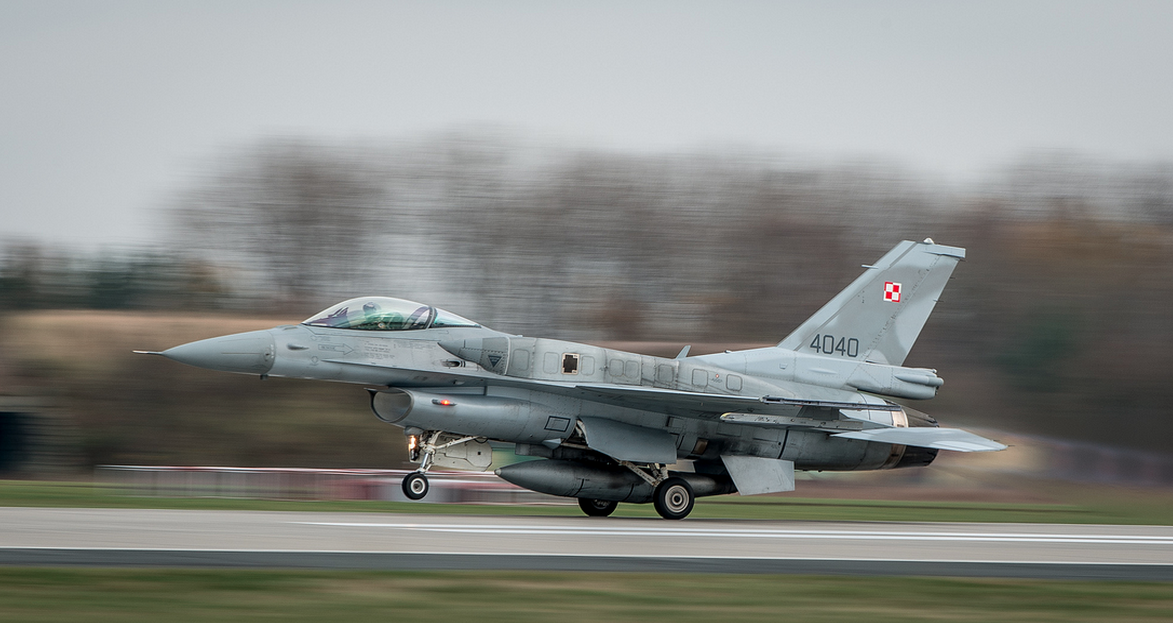
As the years went passing by, the names of organs and elements of the military responsible for procurement and procurement planning changed. The entities managing the budget were also changing. For years, commanders of the individual branches of the military had the budget at their disposal, for instance. The Navy was the entity that signed the agreement concerning the Project 621 Gawron-class corvette (currently known as the ORP Ślązak patrol corvette). However, those managing those assets did not influence the funds assigned to them in the upcoming years. The lack of regular financing has been one of the reasons for the fact that the Gawron project was dragging on for years. Due to the less relevant impact that activities as such had, the procurement system changed, and we did not have to wait long for that. Some entities no longer had the capacity to manage the budgetary means (this refers to the commands of the individual branches of the Armed Forces for instance). Attempts were made to separate the defence procurement, from overhauls and repairs. This is how the Bydgoszcz-based Armed Forces Support Inspectorate was born. Military Property Agency was brought to life, that was to deal with the processes of decommissioning, sales, and withdrawal of the irrelevant weapons and armament. However, this has not resulted in the development of a clear, legible procurement framework. Observing the process from the outside, one was still confused as to why some tenders were managed by the Armed Forces Procurement Department (a part of the Polish Ministry of Defence), while some were carried out by the Support Inspectorate, and some by the Military Property Agency.
In the early years of the 20th Century, further work commenced, on modification of the procurement scheme. The project for creating the Armament Agency was born as early as 2008. It was to be formed through the fusion of three bodies functioning so far: Armed Forces Procurement Department, Armament Policy Department, and Military Property Agency. The bill outlining the Act of Law that would lead to the establishment of Armament Agency and liquidation of the Military Property Agency was submitted to the Standing Committee of the Council of Ministers, to assess the expected effects and impact it would have on the regulations. Back then, the draft was rejected. The reorganization was only possible at a lower decision-making level - inside the Polish Ministry of Defence.
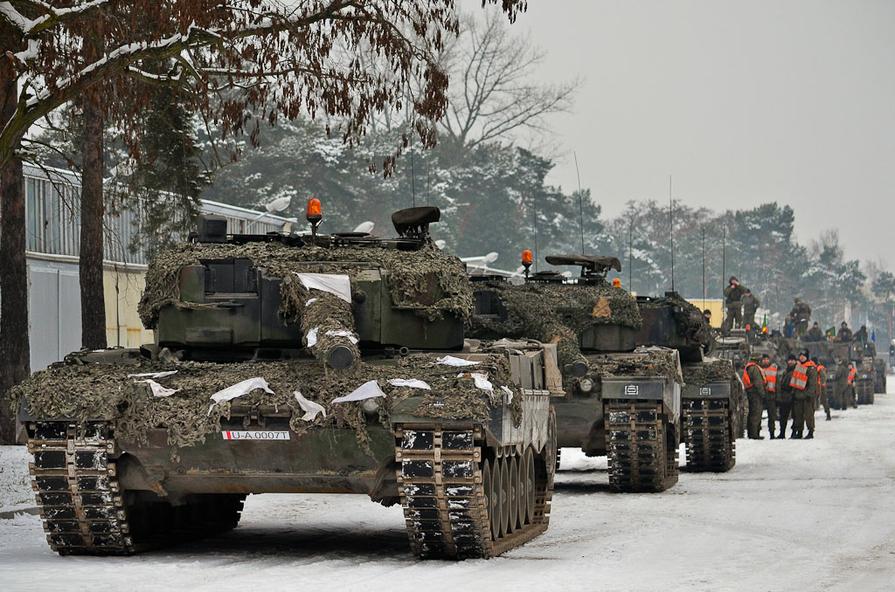
Based on Decision Z-91/Org./P1, issued by the Minister of Defence, the Armament Inspectorate was born on 5th November 2010. It was established finally, on 31st December 2010, based on the dissolution of the Armed Forces Procurement Department, Bureau for Defence Market Analysis, Field Department of Naval Technology, and Division of Shipbuilding and Ship Modernization. Based on Ordinance 64/MON, issued on 8th December 2010, the Armament Inspectorate has become a budgetary entity. The establishment of the Inspectorate alone was not enough to bring the system to order. The organizational changes carried out at the Polish Ministry of Defence itself, and at the subordinated entities, and entities supervised by the Minister, altogether made all of the arrangements foggier, with bureaucracy dominating the whole landscape. Apart from the leadership at the Polish Ministry of Defence and the General Staff - who should have the lead here - organizers of functional systems, administrators, central logistical organs also emerged and became a part of the equation. Offset Agreements Bureau established on 31st March 2015 started to be responsible for the offset deals, tied to defence procurements.
The Armament Policy Department (Departament Polityki Zbrojeniowej, DPZ) remains responsible for gathering and preparing the materials needed to assess the emergence of the Basic National Security Interest. R&D and research started to be managed, partially, by the Inspectorate for Implementation of Innovative Defence Technologies (Inspektorat Innowacyjnych Technologii Obronnych, I3TO), established on 31st August 2013. The ongoing operational use of the armament and equipment is handled by the Armed Forces Support Inspectorate (Inspektorat Wsparcia Sił Zbrojnych), which has an impact on new procurements.
The domestic defence industry has been undergoing similar transformations. Up until the final years of the Polish Ministry of Defence, the Polish Ministry of Defence managed several military manufacturing/repair entities, such as the Polish Navy Shipyard, WZL (Military Aviation Works), WZM (Military Automotive Works), WZMech (Military Mechanical Works), WZU (Military Armament Works). The aforesaid entities were handling overhauls, primarily, and manufacturing - to a smaller degree. The Polish defence manufacturing was being managed primarily by state-owned entities subordinated to the relevant ministries. Following the economic changes and privatization of some of the industrial facilities, attempts were made, aimed at consolidation of the remainder of the defence industry. Currently, most of the state-owned companies belong to the PGZ Group (Polish Armaments Group). PGZ also manages the existing military servicing/manufacturing plants. The supervision over the PGZ Group was also subject to evolution and changes. A few years back the PGZ Group was transferred into the hands of the Polish Minister of Defence. However, following a resolution issued by the PM on 6th December 2019, the supervision over the PGZ was transferred into the hands of the newly formed Ministry of State Assets, overseeing the Group's activities now.
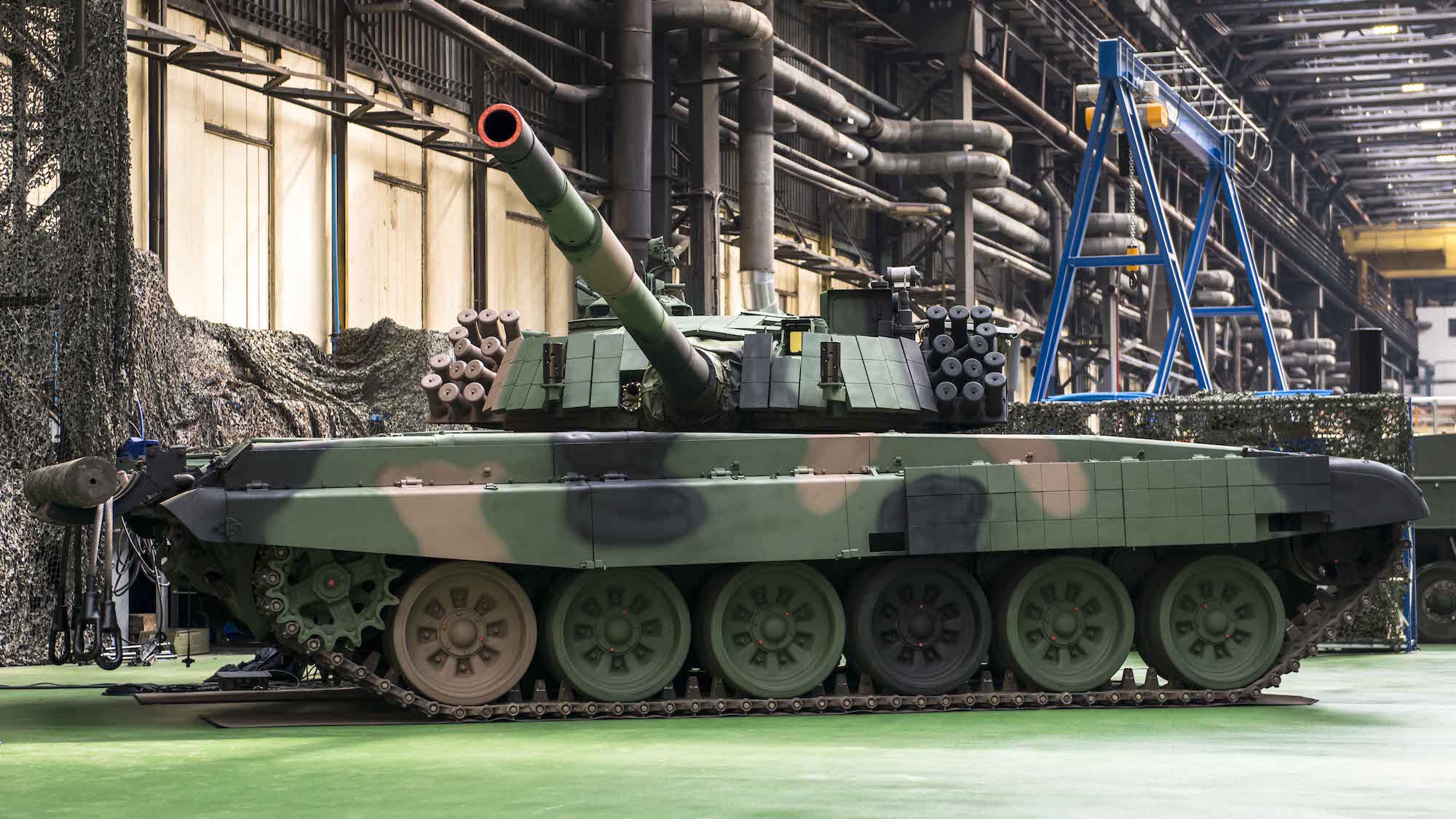
The above, brief description shows that the establishment of the Armament Inspectorate was required, but it is not sufficient to bring the procurement system back to order and make it more efficient. This is why, in 2018, the head of the Polish Ministry of Defence, Mariusz Błaszczak, announced that the so-called Armament Agency would be brought to life. The preliminary assumption was for the Agency to be responsible for the whole lifecycle of armament - starting from analysis, the definition of requirements, tendering procedure, to commissioning and support throughout the equipment's life cycle. Details were presented by Błaszczak on 22nd September 2020, during the Defence24 Day event, organized by Defence24.pl. Back then, Błaszczak said that the Agency would be formed by several other entities - the Armament Inspectorate, the Inspectorate for Implementation of Innovative Defence Technologies, and the Offset Agreements Bureau. Furthermore, certain divisions of other existing entities would also be transferred to the newly established agency. This refers to some tasks of the Military Centre for Standardization, Quality and Codification, and some of the specific tasks and tools of the Military Property Agency, and the Armed Forces Support Inspectorate. The Minister noted back then, that two concepts for PGZ's position exist - with the Polish Ministry of Defence or the Ministry of State Assets managing the Group's activities.
Meanwhile, the unofficial draft version of Act on the Armament Agency was leaked online. The act that is known as "Regulations Introducing the Act on Armament Agency" was to be implemented before. Both these acts would lead to amendment of several other Acts, resolutions, and decisions, remaining in force. However, the Armament Agency Act draft has not yet been officially published on the website of the Government's Center of Legislation. The lack of official publication of the project was also confirmed by a Secretary of State at the MoD, in his response to a parliamentary inquiry, on 5th July 2021. He added that "internal, ministerial arrangements are currently in progress, tied to the Act on the Armament Agency", and that "currently it is difficult to assess the ultimate form of the normative acts that are processed". The fact that the Armament Agency would be brought to life, not via a Parliamentary Act of Law, but based on a decision made by the Polish Ministry of Defence was confirmed by Minister Mariusz Błaszczak, in his 16th July 2021 interview for Defence24.pl.
The first step towards the change of the Polish defence procurement process was taken on 1st September 2021, as the Minister of Defence signed 5 decisions that emerged in the Official Journal of the Polish Ministry of Defence:
- No. 116/MON on the acquisition of military equipment;
- No. 117/MON on the Technical Modernization Board;
- No. 118/MON on the principles of development and implementation of central material plans;
- No. 119/MON waiving the decision on determining the functions of administrators and the central logistical organs for military equipment at the Polish Ministry of Defence, and on the division of tasks resulting from the waiving of the decision;
- No. 120/MON waiving the decision on the Organisers of the Functional Systems in the Armed Forces of the Republic of Poland, and division of tasks, resulting from the waiving of the decision.
The implementation of the new decisions would mean that the following decisions, issued by the head of the Polish MoD, would no longer remain valid:
- Decision no. 56/Org./P5, issued on 24th December 2013, on Organisers of the Functional Systems in the Armed Forces of the Republic of Poland (with further amendments);
- Decision no. 384/MON, issued on 29th September 2015, on determining the function of administrators and central logistical organs for military equipment at the Polish Ministry of Defence (with further amendments);
- Decision no. 202/MON, issued on 23rd June 2016, on the principles governing the development and implementation of central material plans (with further amendments)
- Decision no. 141/MON, issued on 5th June 2017, on the system of acquisition, operation, and decommissioning of the military equipment owned by the Polish Armed Forces (with further amendment).
Decision no. 116/MON defines the military procurement procedure adopted to meet the requirements of the Polish Armed Forces, also referring to spares, components, or assemblies, material means for that equipment, as well as services, deliveries, and construction works related directly to the said equipment. The aforesaid decision does not apply to research (demonstrators), procurement of equipment for which the Special Operations Forces Component Command, or Territorial Defence branch Command remains the expert entity, procurement of equipment for the Military Police, and procurement in the domain of IT, cryptology, and cyber-security. The decision also does not refer to the food supplies, fuels and greases, uniforms and individual inventory, and healthcare products.
One of the most important provisions of that decision makes the head of the Polish Ministry of Defence the decisive entity here. He oversees the procurement process, issues procurement-related decisions, suspends procurement processes, interrupts, or restarts the definition of the requirements for the equipment, or restarts the feasibility studies. The expert work is assigned to the Chief/Head of the Armament Agency and his subordinates - these matters are outlined precisely, along with the 27 pages of the decision document. The decisions describe the procurement processes for new equipment, and equipment acquired within the framework of the "urgent operational requirement" acquisitions. In the latter case, the procurement mode as such may be requested by the Chief of the General Staff, and by the commander of the given branch of the Armed Forces (currently, these roles are taken by the General Commander of the Armed Forces, Operational Commander of the Armed Forces, and Commander of the Territorial Defence Component). This model is easy to use, but if overused, relevant distortion of the procurement system may occur.
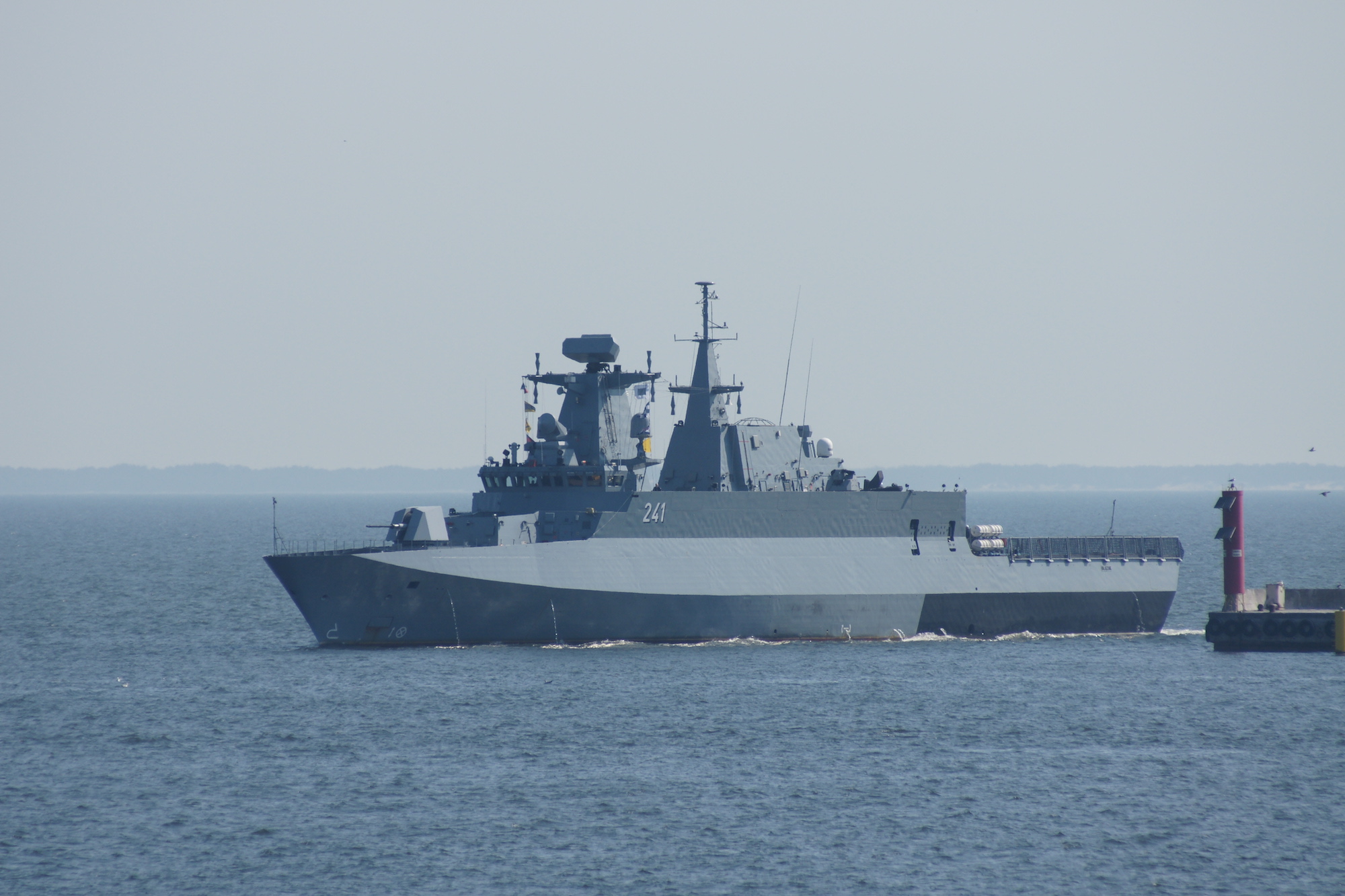
The decision also thoroughly describes the whole procurement procedure, depending on the mode adopted, and depending on whether the procurement is done via the FMS (Foreign Military Sales) scheme in the United States of America. A separate chapter has been devoted to R&D efforts. These are implemented through the definition of the design, and then design and development assumptions. Ongoing supervision and control yielded by the Armament Agency, as well as the final commissioning, would be viewed as an important stage of the process. As the practice shows, the development works often entail the implementation of changes referring to the subject, specification, deadline, and cost associated with the given project. The procedural framework is also a relevant part of this decision. Provisions related to prototypes are also quite important. The prototypes may remain with the contractor (for temporary storage), or they may be received by the indicated entity.
A relevant decision would be made, from time to time, by the head of the Armament Agency. The decision also describes the process that is adopted when procurement is done via the American FMF (Foreign Military Financing) scheme. The final provisions of the 116/MON decision state that all procurement processes initiated and not finalized by the end of 2021 would follow the current legal framework. However, the Technical Modernization Board would be entitled to decide otherwise, in individual cases. Following a decision as such, the procurement procedures would continue, and they would be carried out in line with the new regulations. Decision no. 116/MON is to become valid as of 1st January 2022.
The aforesaid Technical Modernization Board would be acting as an advisory body for the Minister of Defence. It was brought to life on 1st September 2021, based on Decision No. 117/MON. The Minister of Defence chairs the board, while the other members are the Minister-appointed representatives of the General Staff, Armament Inspectorate (after 31st December 2021 - the Armament Agency), Department of Armament Policy, Department of Defence Strategy and Planning, and Budgetary Department. The Board would be tasked with determining the stance pertaining to the matters of the technical modernization of the military, with a particular emphasis placed on the priorities within that scope. The Board would also be tasked with initiating the process of determining the requirements for the equipment in cases selected by the head of the MoD, regarding the procurement, and adoption of those requirements. The Board would initiate the "urgent operational requirement" procedures as well, in cases designated in the decision issued by the head of the MoD, referring to the acquisition of military equipment. Finally, the organ would also be coming up with opinions, assessments, and conclusions, regarding the matters tied to the process of military procurement, that would meet the requirements of the Polish Armed Forces. The decision in question also contains a brief set of rules, governing the work of the Board.
Appendix No. 2 is an important, innovative element of decision No. 117/MON. It outlines all types of military equipment operated by the Polish Armed Forces, along with the assigned "Expert Body", and "Logistical Organ". The expert body replaces the term “administrator”, used so far. The new decision states that the aforesaid roles are assigned to the following bodies: relevant board within the General Command of the Armed Forces, the Office of the Chief of the Support Inspectorate of the Armed Forces, National Centre for Cyberspace Security, SOF Component Command, Territorial Defence branch Command, Military Police HQ, Office of the Chief of the Geospatial Reconnaissance, Office of the Chief for Transport and Military Mobility - Center for Coordination of Military Movements, Military Veterinary Inspection, Office of the Chief for Weather and Hydrology Service of the Armed Forces, Office of the Chief of Air Traffic of the Armed Forces, Hydrography Bureau of the Navy, Military Center for Civil Education, HR Department, Inspectorate for Military Fire Prevention, Department for Protection of Confidential Information, Military Metrology Center, Military Historic Bureau, Polish Armed Forces Personnel Records Bureau, and Department for Social Matters. The list of the expert entities is still lengthy, as we can see above. Offices of the Chiefs at the Support Inspectorate, relevant for their domains still are the main logistical organ.
Decision No. 118/MON is the lengthiest of the new documents, and it is 83 pages long. It refers to the principles of development and implementation of the central material plans. These plans are the plans developed and updated by the Material Planning Board of the P8 department of the General Staff of the Armed Forces:
- Technical Modernization Plan;
- Material Assets Procurement Plan;
- Construction Development/Investment Plan;
- NSIP Investment Plan (NATO Security Investment Programme).
Chief of the General Staff is responsible for proper preparation of the material tasks. All of the planning organs within the Polish Ministry of Defence need to cooperate here. The permission to include tasks prepared to begin the procurement procedure in the technical modernization plan for the given planning year, and the following year, is another important provision.
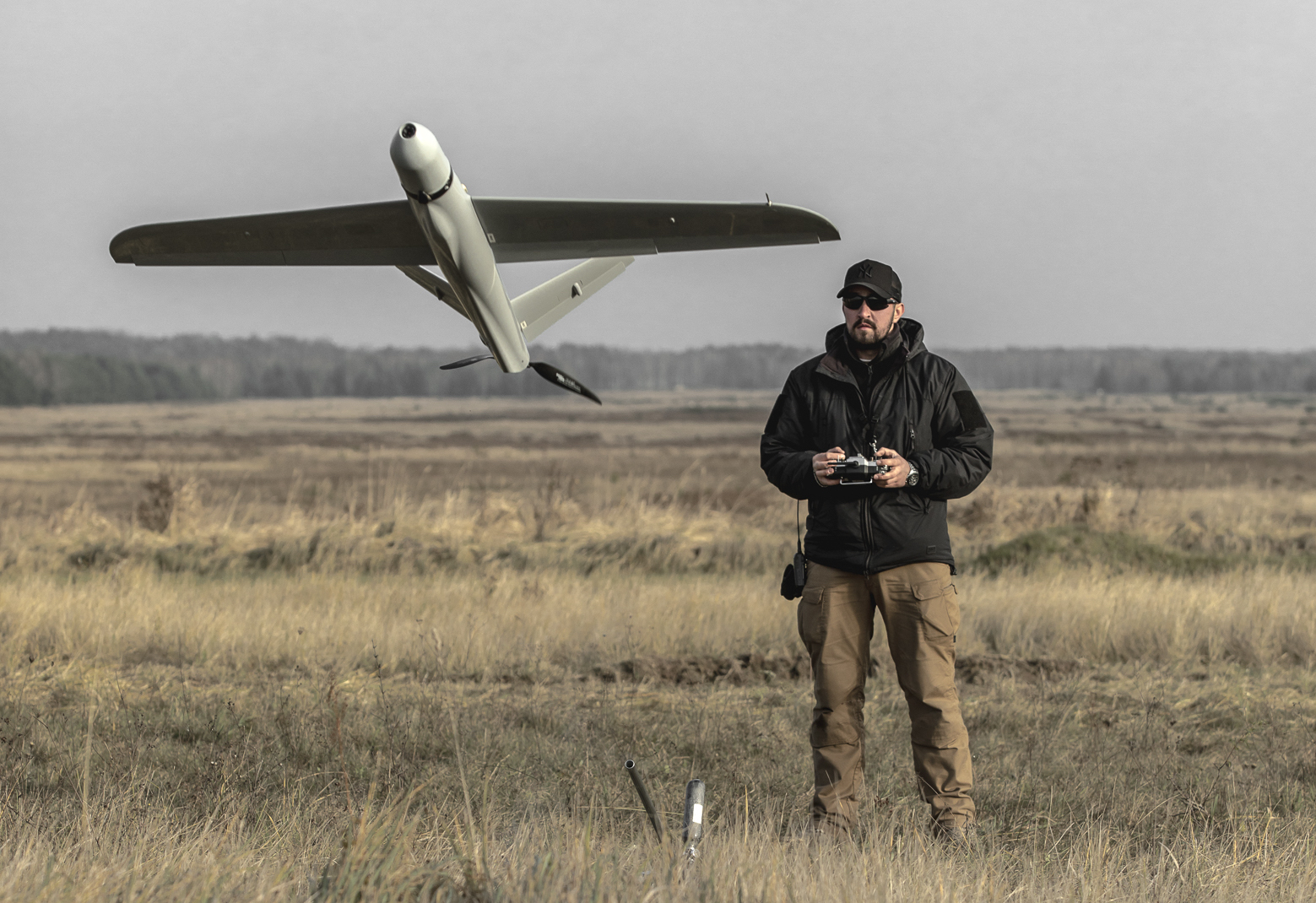
The said decision discusses in detail the rules for implementation of the central material plans, and resulting amendments. It also contains provisions referring to the establishment of task reserves and periodic assessment of the implementation of the plans (annual, and six-month cycles). The procedure has also been prepared, that could be implemented in an event of the emergence of budgetary cuts. Also, separate chapters in this decision refer to the detailed arrangements within the scope of developing and implementing plans for procurement of materials, construction investments, and plans for NSIP investments. These plans, and the implementation of those plans, remain critically relevant for the currency of functioning of the Armed Forces. The implementation is relatively costly, but they are less known than the Technical Modernization Plan. They are not subjected to vivid public discussion and analysis. 25 detailed tables that are being filled in, during the individual phases of the planning process have been attached to the decision. These documents would enter force as of 1st January 2022.
The decisions published are to bring the military procurement system back to order. The establishment of the Armament Agency, based around the scattered organizational units of the Polish Ministry of Defence, is to, ultimately, simplify the structure and allow for the elimination of the irrelevant entities. All of those changes, planned to be implemented by the end of 2021, are taking place internally, within the Polish Ministry of Defence. They would have no impact on the defence industry, and on the former military maintenance/manufacturing facilities - these are subordinated to the PGZ Group now. The provisions still refer to the role of the head of the MoD as the decisive one, in the procurement decision-making chain. The change of the administrators and defining them as the "expert entities" is to force the individual entities and organs to provide expert knowledge, instead of defining the requirements for the future military procurement processes. Would this be enough to simplify and accelerate the tendering procedures? We will find out soon enough. We will also find out whether these changes shall be viewed as the entire reform of the system, or whether it is just the first stage. We shall hope that the Armament Agency would live longer than its predecessor, the Armament Inspectorate - even if changes are made along the way.
Jarosław Ciślak

WIDEO: Defence24 Days 2025: Premier Defence & Security Conference in CEE